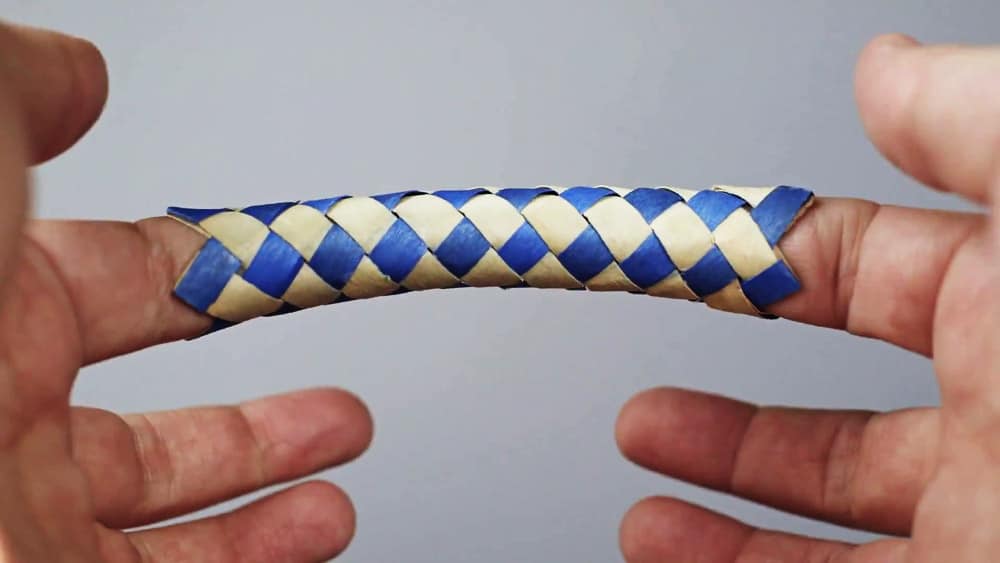Beating Delta, oragami(ish) drug delivery, fattening T cells, and more
16 Jun 2021
Posted by Andrew Kantor
No opioids necessary
For post-op pain, not only are OTC meds like ibuprofen and naproxen as good as opioids, but McMaster University researchers found that they’re actually better.
“We found that patients randomised to NSAIDs following outpatient surgical procedures reported better pain scores, better global assessment scores, fewer adverse effects, and no difference in bleeding events, compared with those receiving codeine.”
Covid quick notes
Dark milestone: The U.S. has officially crossed 600,000 Covid-19 deaths. The actual total is undoubtedly higher.
Pfizer, AZ vaccines vs. the delta variant: It works.
A real world study conducted by Public Health England shows that two doses of the vaccines produced by Pfizer-BioNTech and AstraZeneca are highly effective in preventing hospitalizations due to the troublesome Delta variant.
Gesundheit: Having the common cold when you contract Covid-19 can make the virus less severe.
[T]he common respiratory virus jump-starts the activity of interferon-stimulated genes, early-response molecules in the immune system which can halt replication of the SARS-CoV-2 virus within airway tissues infected with the cold.
Precise drug delivery via paper-folding
You know those Chinese finger traps? Put your fingers in and you can’t pull them out because stretching the toy changes its shape?

This is really why Ben an J Lo got back together
There’s a similar object that can be made using a Japanese art called kirigami. It’s a tube that expands when stretched — and MIT engineers figured that it could be used as a stent to deliver drugs to the GI tract. Insert the tube to the precise location, stretch it to deliver the payload, remove it.
The stents are coated in a smooth layer of plastic etched with small “needles” that pop up when the tube is stretched, allowing the needles to penetrate tissue and deliver a payload of drug-containing microparticles. Those drugs are then released over an extended period of time after the stent is removed.
Junk food for T cells
Killer T cells want to kill cancer, hence the name. But sometimes they can’t, and what’s to blame? Fat.
Tumors (Salk researchers found) take in oxidized fat molecules and feed them to the T cells, which acts like loading them up on junk food: ““We found that when the T cells get ‘stressed out’ by oxidized lipids, they shut down their anti-tumor functions.”
Then, to add insult to injury, the same chemicals make them hungrier … and they consume more of that oxidized fat.
Upside: The same process — lipid oxidation stress — also hurts tumors.
“Now that we’ve uncovered this vulnerability of T cells to lipid oxidation stress, we may need to find more selective approaches to inducing lipid oxidation in the tumor cells but not in the T cells.”
Biogen is ready to make bank … from taxpayers
Medicare beneficiaries are likely the big customers for the company’s Aduhelm maybe-it-works Alzheimer’s drug. It’s the same-old, same-old: Medicare can neither decline to cover Alzheimer’s drug Aduhelm, nor negotiate the price … unless Congress changes that law.
“If 1 million Medicare beneficiaries receive Aduhelm, which may even be on the low end of Biogen’s expectations, spending on Aduhelm alone would exceed $57 billion” a year, the group said, “far surpassing spending on all other Part B-covered drugs combined.”
Telehealth forever?
A group of senators — a bipartisan group — introduced a bill that would make permanent some of the telehealth coverage provided by Medicare. It’s aimed at rural areas, but is really for anyone who might have trouble physically getting to a physician. And — because the whole infrastructure thing is still in the works — it would cover audio-only visits as well, for people who don’t have broadband.
“Our bill ensures that rural telehealth providers can give rural Americans the quality care they deserve by eliminating restrictions on the use of telehealth options and ensuring doctors can be reimbursed for services they provide to patients from the comfort of their homes.”
RNA to DNA: Back atcha
Old thinking: DNA send messages to RNA by using polymerases as a messenger. It goes one way, of course — the DNA changes the RNA, not the other way around. That would be silly! Why, it would mean that DNA could be changed by RNA, which would upend a whole lotta biology thinking … and textbooks.
Guess what?
Thomas Jefferson University researchers provide the first evidence that RNA segments can be written back into DNA, which potentially challenges the central dogma in biology and could have wide implications affecting many fields of biology.
Elsewhere: Mississippi double-taps
The state’s attorney general is suing both drug manufacturers and PBMs for working together to inflate insulin prices.
[T]he defendant companies raised the reported prices of their respective insulin products by up to 1,000 percent over the course of the last decade through an unlawful conspiracy between the PBMs and manufacturers, in which the manufacturer defendants used the artificially raised prices to pay kick-backs to PBMs through rebates, discounts, credits, and administrative fees.


